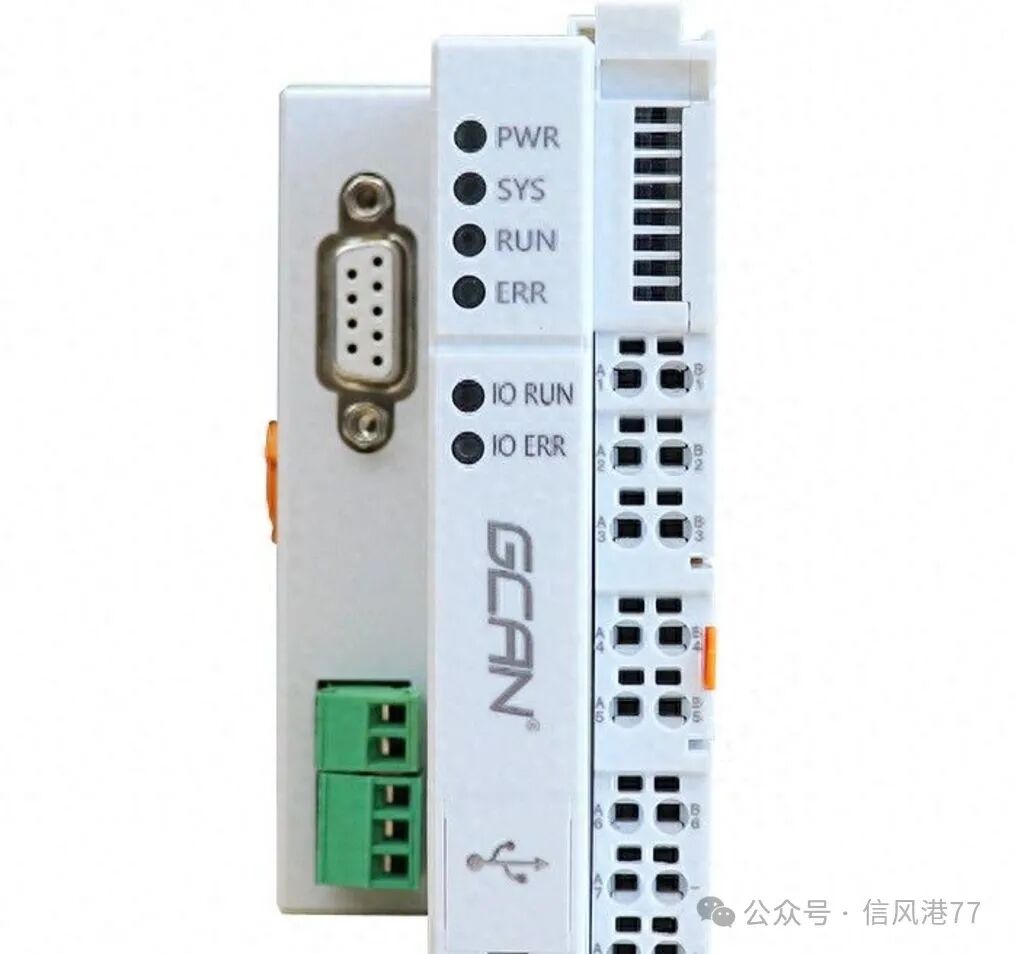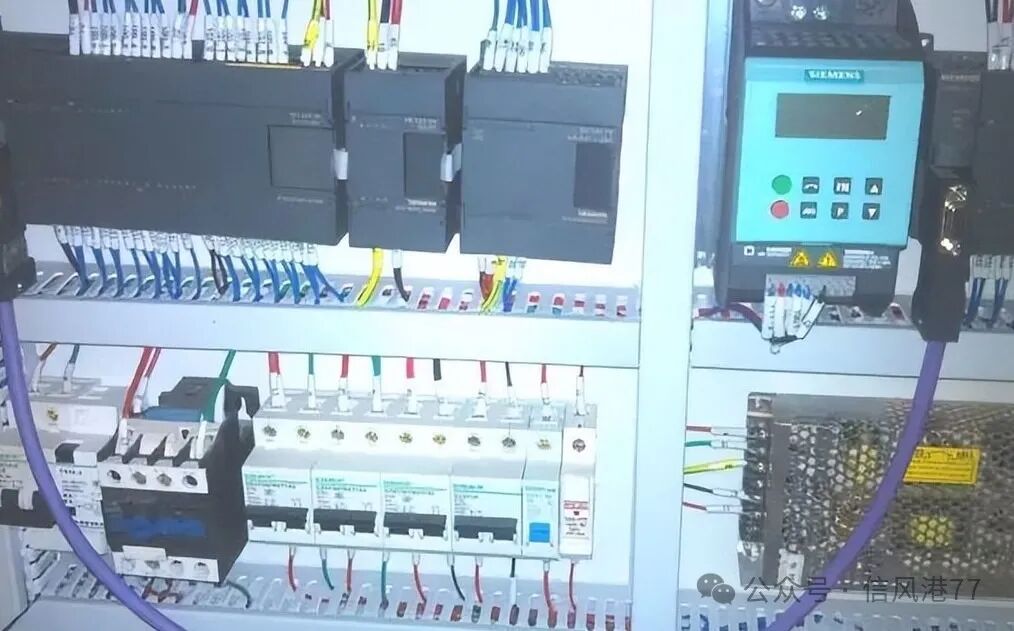PLC Program Errors? How I Solved 90% of Faults with This ‘Reverse Troubleshooting Method’ – A Request for Teaching from Peers!
Every time I receive an emergency call late at night to handle a PLC fault on the production line, the pressure is something only those in maintenance can understand. A halted production line, with a frantic workshop manager behind it and several frowning operators nearby, means that every minute of delay is costing money. To be honest, these moments really test an engineer’s skills and mental fortitude.
In my more than ten years of experience in automation maintenance, I have encountered no less than eight hundred PLC faults. In the beginning, like most people, I panicked when I saw a fault, searching everywhere and taking random guesses. But in the end, I found that most of the time I spent a lot of time solving trivial issues. It wasn’t until I developed the “reverse troubleshooting method” that I truly became the “firefighter” in the workshop, resolving the same faults three to five times faster than others.
As the saying goes, “Different industries are like different mountains.” Today, I will fully share my practical “reverse troubleshooting method” with my peers, hoping to help you avoid detours and get home early.
When it comes to PLC fault troubleshooting, we first need to understand an easily overlooked fact: the vast majority of faults are not actually caused by the PLC itself! Yes, you heard that right. According to my years of practical statistics, over 90% of faults are caused by external factors related to the PLC, while less than 10% are due to internal hardware or programming issues. This understanding is crucial as it determines our troubleshooting direction and efficiency.
My “reverse troubleshooting method” simply turns traditional thinking on its head, deducing possible fault sources from the PLC’s output results rather than checking in a step-by-step order. It’s like a detective solving a case, tracing back from the “crime scene” to pinpoint the real culprit.
● Step One of Reverse Troubleshooting: Clarifying the Problem
When I receive a fault report, I always start by asking a few questions: Did the fault occur suddenly or gradually? Is the entire machine not working or is there a specific function that is abnormal? Is there any obvious external damage or anomalies? Have there been any recent changes to the equipment?

This seemingly simple step can actually help us eliminate 80% of interference factors. I remember once going to a plastic injection factory to handle a robotic arm fault, where the operator said the PLC program was faulty and the robotic arm was not moving. When I clarified, I found out that a new fixture had been changed the day before, which immediately focused my attention on the wiring and parameters rather than blindly checking the PLC program. It turned out to be a loose connection on a proximity switch, and tightening it resolved the issue in less than ten minutes.
● Step Two of Reverse Troubleshooting: Confirming Output Status
Many maintenance workers like to check input signals first, then look at program logic, and only then check outputs. However, I first confirm the output status.
Why? Because the output is the most direct representation. For example, if a solenoid valve is not actuating, I first check whether the corresponding output indicator light is on and whether there is voltage at the output terminal. If the light is on and there is voltage, the problem is likely with the actuator or wiring; if the light is off, then I need to trace back to the program logic and input signals.
Speaking of which, I want to share a real case. Last winter, I went to a food factory to handle a packaging machine fault, where the repair order stated “PLC program chaos causing sealing not to work.” Upon arrival, I first checked the output point of the sealing mechanism and found that the output indicator light was on, but the actuator was not moving. Tracing back, I discovered that the temperature was particularly low that day, causing the hydraulic oil to thicken, which led to poor solenoid valve actuation. After simply adjusting the pressure and return damping, the problem was immediately resolved. If I had followed the conventional method and checked the program first, it could have taken several more hours.
● Step Three of Reverse Troubleshooting: Tracing Program Logic

When I confirm that the problem may lie in the program, I do not check the entire program from the beginning; instead, I trace back from the problematic output point to its control conditions.
Modern PLC programming software has online monitoring capabilities, allowing us to see the real-time status of each contact and coil. I start from the problematic output coil and step back to check the status of each contact until I find the first point with an abnormal status. This is much more efficient than checking the program from start to finish.
I remember once handling a fault on a machining center where the spindle would not start. Using the reverse troubleshooting method, I started from the spindle start output and traced back, discovering an abnormal safety door interlock signal. However, upon checking the safety door, I found it was functioning normally. Continuing to trace back, I ultimately found that a parameter of an internal software timer in the program had been inadvertently modified, causing the safety door signal to be processed incorrectly. After modifying the parameter, the problem was resolved.
□ Step Four of Reverse Troubleshooting: Detailed Physical Inspection
Once I have pinpointed a possible fault point, I do not rush to conclusions; instead, I conduct a detailed inspection of the relevant physical components.
To be honest, this step may seem tedious, but it often uncovers hidden issues. I habitually check several easily overlooked areas: Are the terminals loose? Is the wiring aging? Are the sensors dirty? Is the grounding good? Is the power quality stable?

I once dealt with an intermittent fault that had all the technical staff in the factory scratching their heads; the equipment would occasionally report errors and stop, but after a restart, it would run normally for a while. Using my reverse troubleshooting method, I first identified the pattern of the problem, discovering it always occurred after a specific action. I then traced back from the output of this action, paying special attention to the related sensors. Ultimately, I found that a mounting bracket for a proximity switch was loose, causing unstable signals during vibrations. After simply tightening it with screws, the problem was completely resolved.
● Step Five of Reverse Troubleshooting: Assessing Environmental Factors
If the above steps do not yield a clear fault, I consider environmental factors. To be honest, many difficult issues are actually caused by electromagnetic interference, temperature fluctuations, or power fluctuations.
In a weaving factory, I encountered frequent PLC communication interruption issues. Following the reverse troubleshooting method, I started from the communication fault phenomenon and found that the faults always occurred during specific time periods. Further observation revealed that this time coincided with the factory starting large motors. It turned out to be interference caused by power fluctuations. After adding an isolation transformer and filtering device, the problem was resolved.
■ Summary of the Reverse Troubleshooting Method
To recap the core idea of my reverse troubleshooting method: from results to causes, rather than the traditional approach of from causes to results. It includes five steps: problem clarification, output status confirmation, program logic tracing, detailed physical inspection, and environmental factor assessment.

I once mistakenly believed that PLC faults were mainly program issues, so whenever I received a repair request, I would rush to check the program with the programmer. Now I know that most PLC alarms actually indicate external problems, and the program itself rarely has errors. This shift in understanding has significantly improved my fault handling efficiency.
Do you often find yourself busy for a long time over a small fault? Have you noticed that you keep going in circles? Try my reverse troubleshooting method; you might have unexpected gains.
Finally, I want to say that as an electrical maintenance worker, our value lies not in how many devices we can install, but in how many problems we can solve. Mastering a scientific fault troubleshooting method is far more important than blindly accumulating experience. Do you have any unique PLC fault troubleshooting experiences? What difficult faults have left a deep impression on you? Feel free to share in the comments; your experience might help other peers.
If you find this article useful, don’t forget to like and save it, and feel free to share it with more peers in need. Next time, I plan to share how to quickly understand and optimize PLC programs written by others. If you’re interested, please let me know in the comments!
What other aspects of PLC fault troubleshooting would you like to know? Are there any particularly troublesome issues that need discussion? Let’s chat in the comments!